By Maggie Dalton, Senior Analyst
Buying goods and services from businesses owned by Black, Indigenous, Latino, and Asian people enable companies to benefit from new ideas and access new markets. That’s why more leaders in the private and public sectors are recognizing that their organization's supplier base is a critical lever for building a racially equitable economy.
A racially diverse local supplier pool can bring greater resilience and new resources into historically underinvested communities, building individual and community wealth. But robust supplier diversity efforts go beyond valuing racial diversity among direct suppliers — these efforts recognize that a supplier's subcontractors, or Tier 2 suppliers, matter, too.
That’s why one of the racial equity standards in the forthcoming 2023 Racial Equity Dividends Index is: Does your organization measure the racial diversity of its Tier 2 suppliers?
Standards related to procurement show some of the greatest opportunity for improvement among organizations who participated in the 2022 Racial Equity Dividends Index.
Just 39% of organizations who participated in the 2022 Racial Equity Dividends Index have an enterprise-wide practice of collecting and sharing data on the racial diversity of suppliers. Measuring the racial diversity of Tier 2 suppliers is a new standard for 2023.
Supplier diversity programs, which seek to build a diverse supplier base within organizations, have existed for decades, though it remains an area of business practice that is quickly evolving. Many businesses are just beginning their supplier diversity journeys, leading to a real competitive advantage for those who focus on diversifying in this area.
Research finds that diverse suppliers increase innovation, competition, and resilience throughout the value chain and unlock additional value, both for businesses and regions through increased business activity and economic growth. Moreover, investing in minority-owned businesses is investing in building prosperity in Black, Indigenous, Hispanic, and Asian communities.
Due to historic patterns of underinvestment, Black, Indigenous, Hispanic, and Asian-led firms often have smaller revenues and staff than white-led companies and may be better positioned to start with smaller contracts and grow. Also due to their smaller size, these businesses are the ideal candidates for subcontractors or to deliver on specialized requests that primary contractors are unable to provide. Investing in minority-owned businesses as Tier 2 suppliers can provide on-ramps for suppliers of color, enabling them to grow, scale, and add capacity over time.
Beyond tracking Tier 2 spend for themselves, research from the Center for Economic Inclusion finds that procuring companies have the ability to influence Tier 1 suppliers to track and adopt measures of their own progress in subcontracting across their entire portfolio with businesses owned by people of color, therefore further expanding their influence.
For example, in 2019, Ford launched the Widening the Inclusion Network (WIN), designed to “further develop their existing supplier diversity programs through coaching, mentorship, and thoughtful partnerships with other diverse businesses.” Ford is leading the way by investing not only in businesses, but in relationships.
At the Center, we help companies implement promising practices to build racial equity for their workers and their communities. The Racial Equity Dividends Index is one tool we offer to help businesses measure their progress toward building a racially equitable and inclusive workplace.
The Index includes 43 racial equity standards across seven categories that support racial equity in workplaces: Leadership; Hiring; Culture, Retention, & Advancement; Procurement; Philanthropy & Investment; Public Policy; Products & Services.
We know many companies are leading the way in tracking Tier 2 supplier diversity as a part of growing supplier diversity initiatives.
Encourage your company to join the movement and evaluate progress towards building racially equitable and inclusive workplaces – workplaces that pay dividends for everyone.
If your company is interested in taking the next step to measure and continue building a racially equitable and inclusive workplace, be sure to register for the 2023 Index by March 10 to receive your confidential results and find out how your organization compares to others in your industry.
Register for the 2023 Racial Equity Dividends Index



